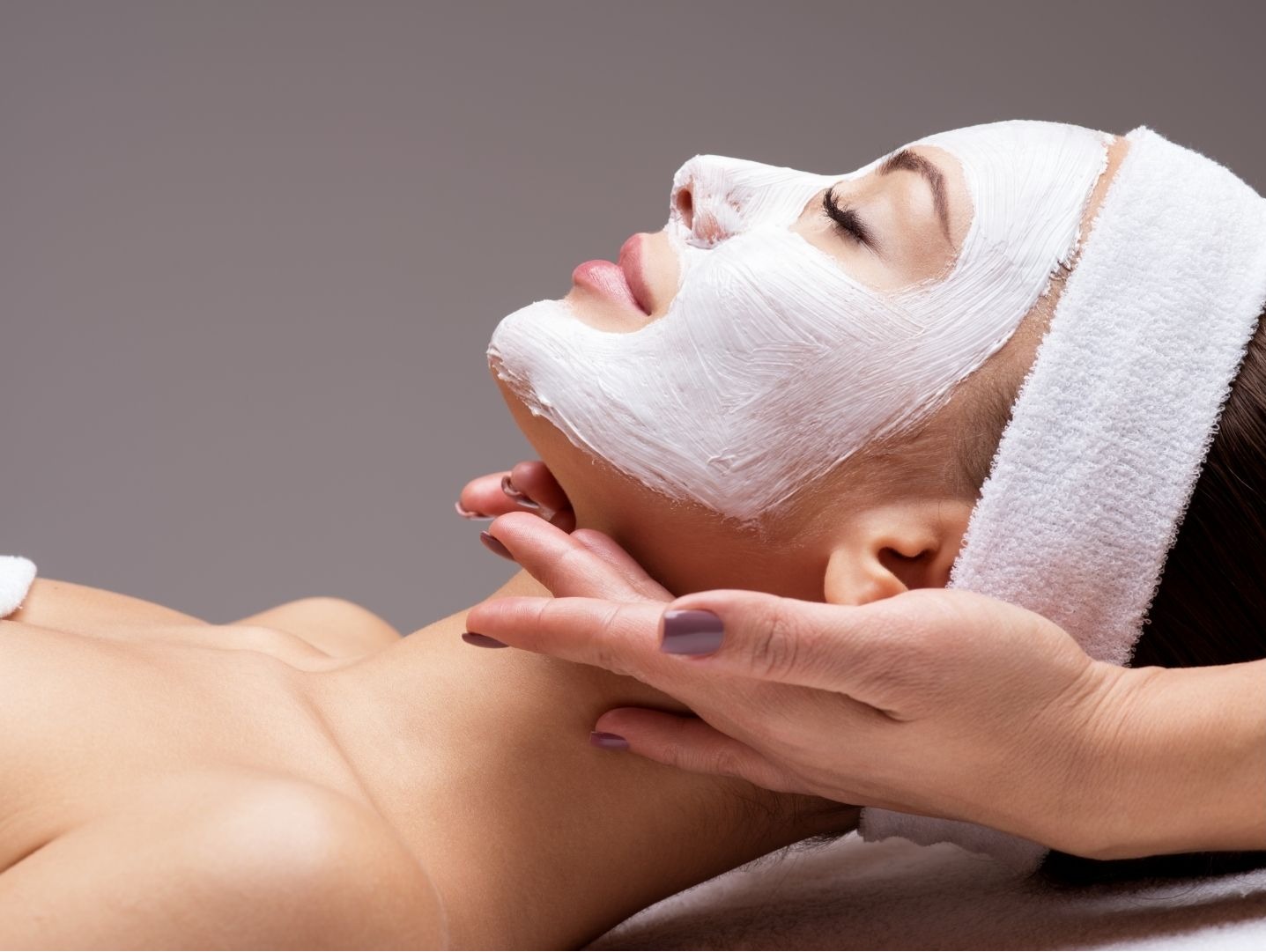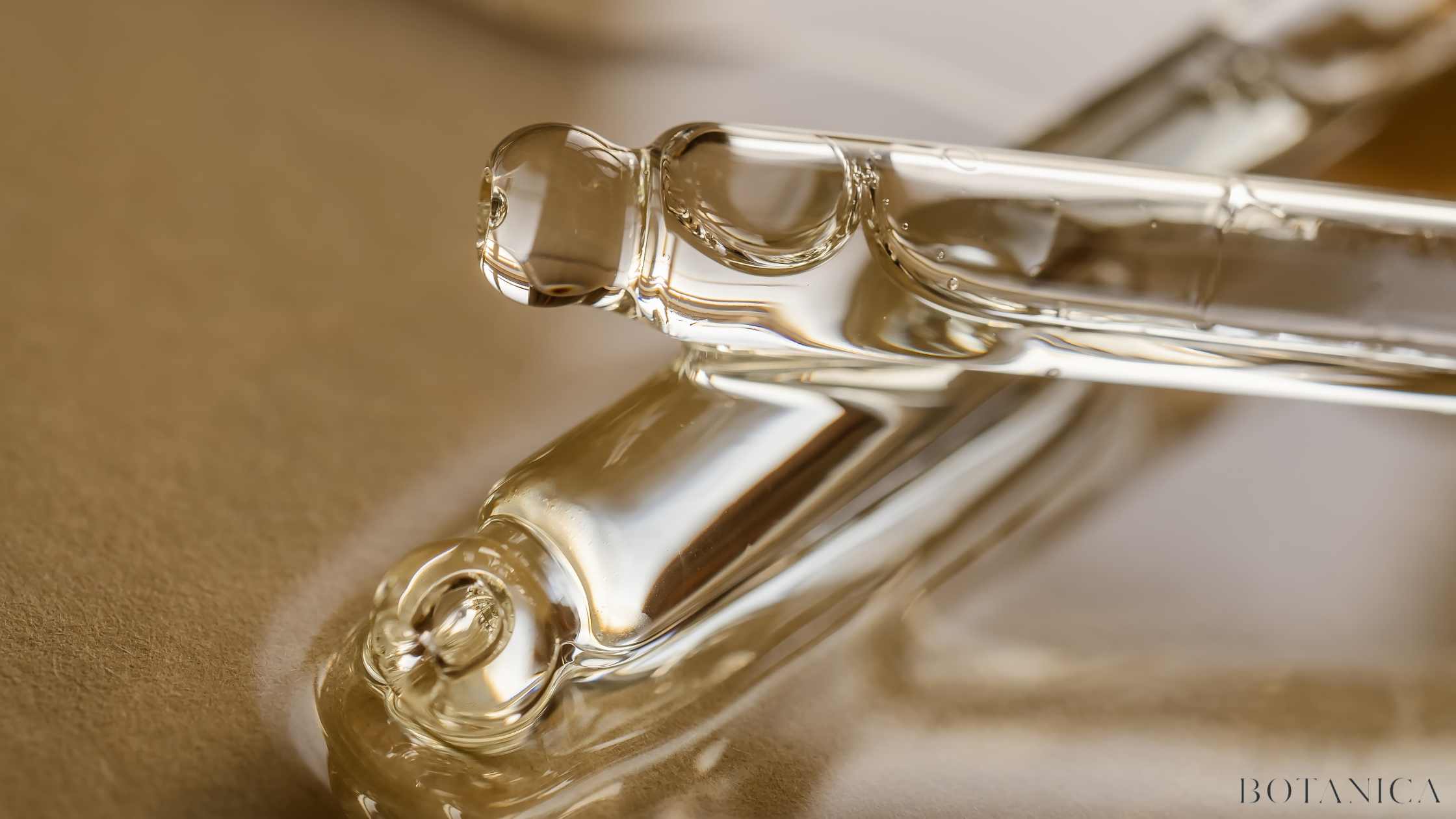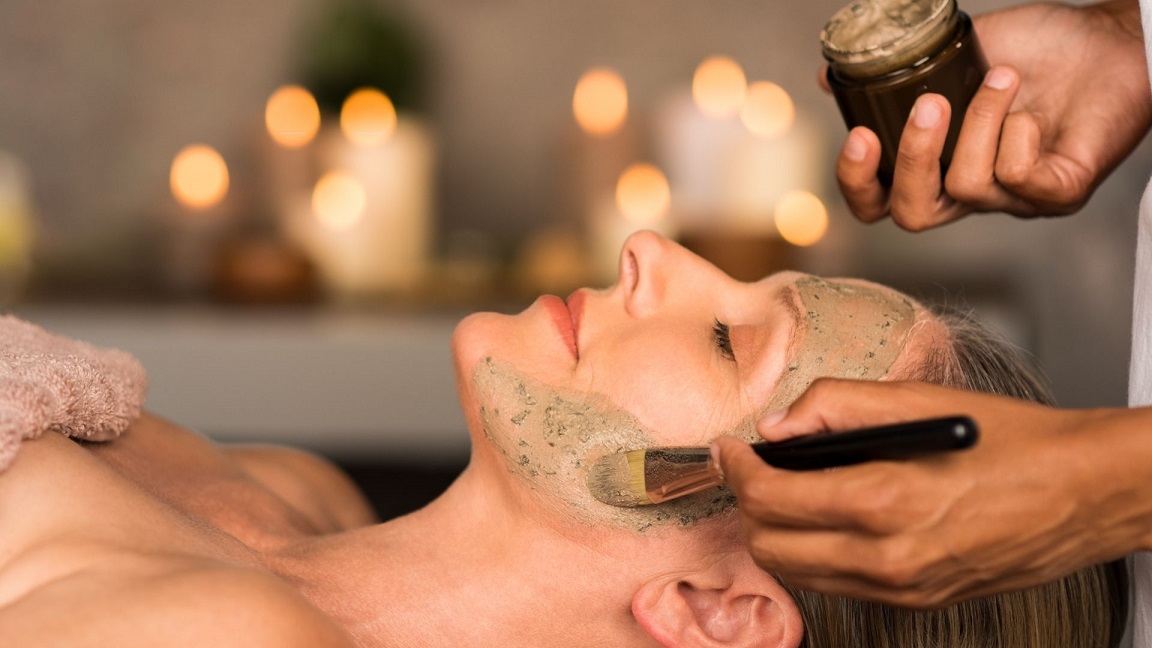
Deciphering the Skin Care Ingredient Caprylyl Glycol
Whether you know it or not, caprylyl glycol, a mouthful of an ingredient, is probably in a good amount of the skin care products you’re already using—and you probably don’t even know why. An alcohol derived from a fatty acid (more on that in a minute), caprylyl glycol is a humectant—a hydrating ingredient that works by attracting water to and holding it in the skin.
(Other, more widely-known humectants include hyaluronic acid and glycerin.) Unlike those more popular options, however, caprylyl glycol also has preservative-like properties, which is why formulators seeking to increase the shelf life of their products often use it.
While it’s not necessarily an ingredient you need to seek out on its own, it’s at least nice to know what it’s doing and how it’s working, particularly given that it’s found in such a wide and varied array of products. Let’s explain everything you need to know about this skin care ingredient and when you want to see it on your product’s list!
What is Caprylyl Glycol?
Caprylyl glycol is an alcohol derived from caprylic acid, which is found naturally found in palm and coconut oils. Formulators love it for a few different reasons:
- It improves the spreadability and ultimately the feel of a product on your skin.
- 2. Because it’s antimicrobial, it has preservative-like properties.
It is a multifunctional cosmetic ingredient that can replace traditional preservatives, such as parabens or formaldehyde releasers. Similarly, it actually makes other preservatives work better; caprylyl glycol has been shown to increase the antimicrobial activity of other preservatives.
As such, it acts as a stabilizer to boost shelf life and helps prevent other ingredients from spoiling.
Benefits of Caprylyl Glycol for Skin
While cosmetic chemists love the ingredient for its formulation benefits, the benefits to skin are limited. Caprylyl glycol is a humectant, meaning it’s a substance that helps the skin retain water. Humectants are used in the formulation of lotions, moisturizers, and cleansers in order to help lock in moisture. This is important to prevent dry skin while also slowing down signs of aging. As the skin loses moisture, we begin to see more lines, wrinkles, and sagging. Using skin care products with caprylyl glycol can help attract moisture to the skin, resulting in a smoother, softer complexion with decreased wrinkles and a more plump appearance.
Side Effects of Caprylyl Glycol
The biggest potential drawback is irritation, though that is most likely to occur when used at a very high concentration. Generally speaking, in most products, caprylyl glycol is diluted enough to not cause any issues. The Cosmetic Ingredient Review (CIR) Expert Panel has assessed this ingredient as safe, and that it’s also considered safe to use during pregnancy and breastfeeding.
How to Use It
Since this is more of a supporting actor rather than protagonist, don’t let it dictate how you’re using a product. In other words, usage should be based on the more active ingredients in a product, rather than this add-on. Your best bet? Follow the directions of the product you’re using.
Botanica Facials
When you want dewy, glowing skin, then treating yourself to a facial is the best way to get the results you want. We use all natural skin care brands at the spa so you don’t have to worry about negative reactions to the ingredients we apply to your face! Call Botanica Day Spa at 727-441-1711 to book your appointment today and speak to one of our facialist experts on if humectants are what your skin needs or not!
Love,
Gen



Leave a Reply